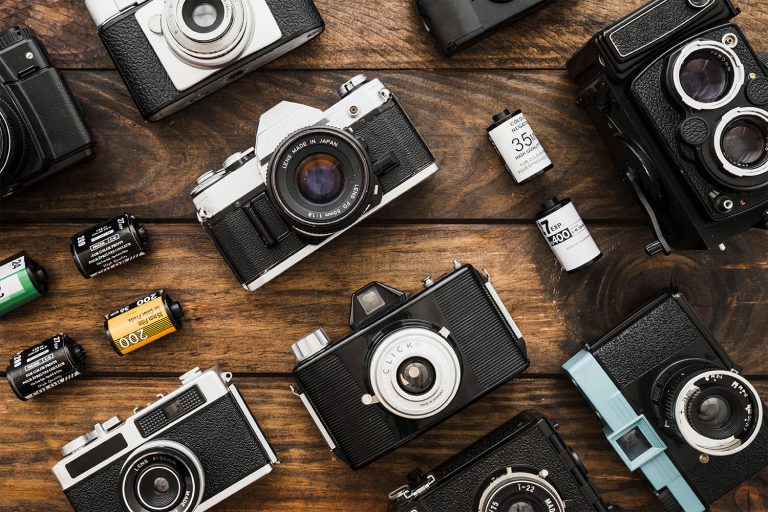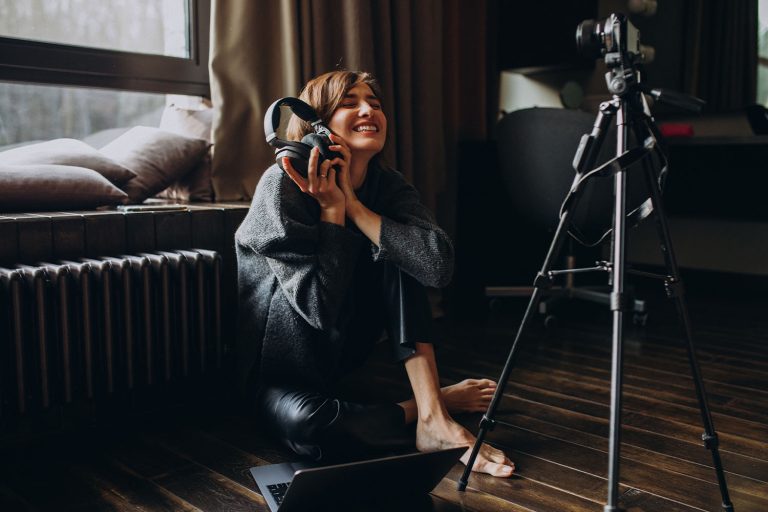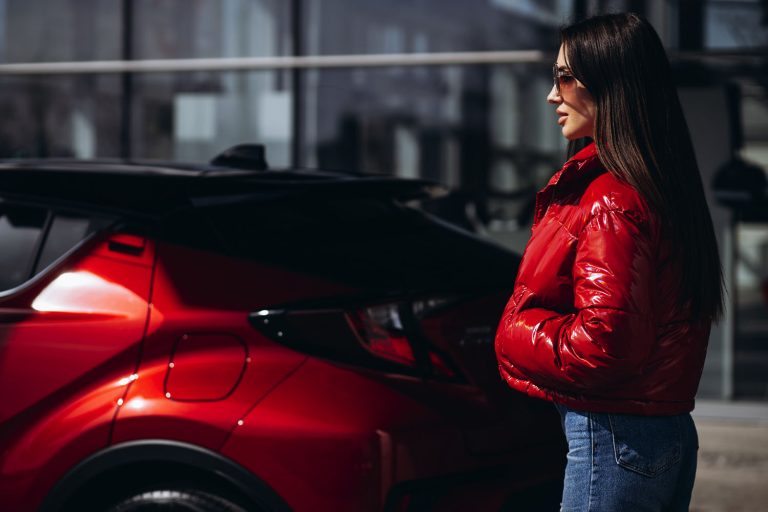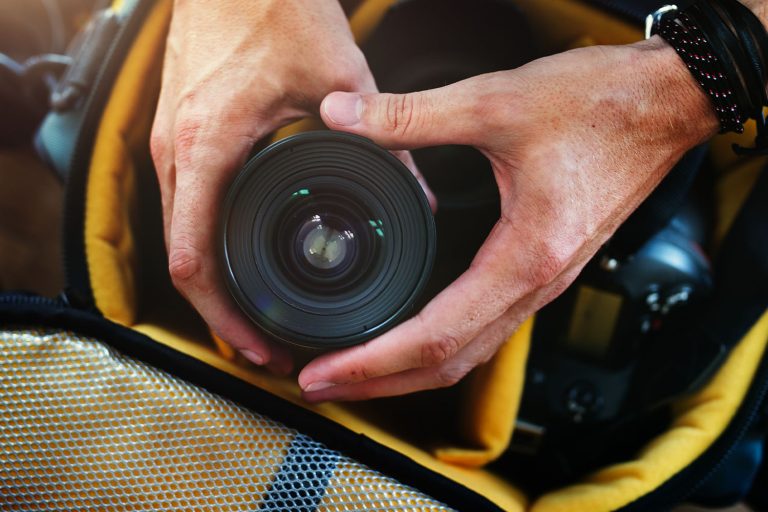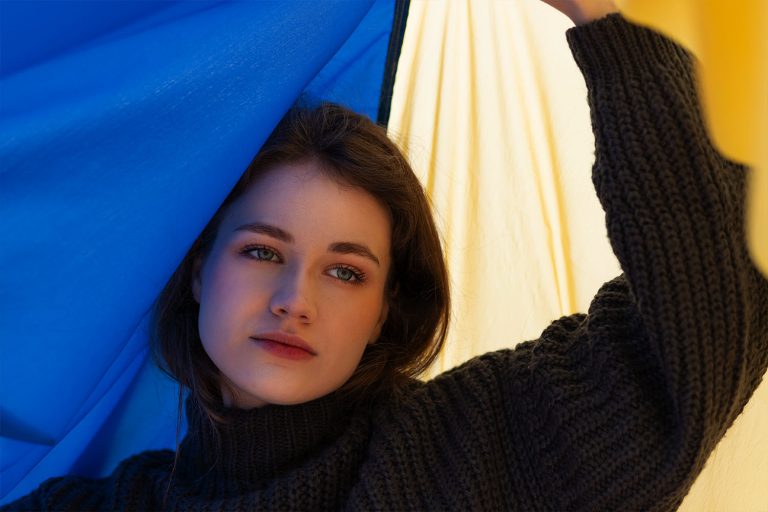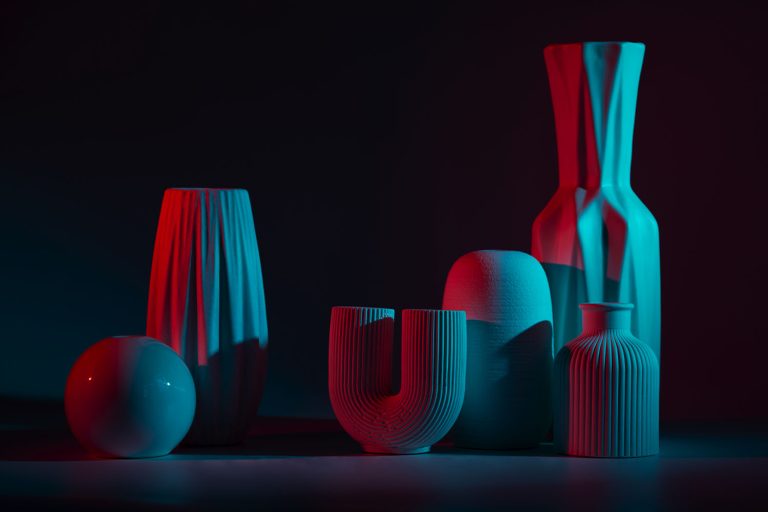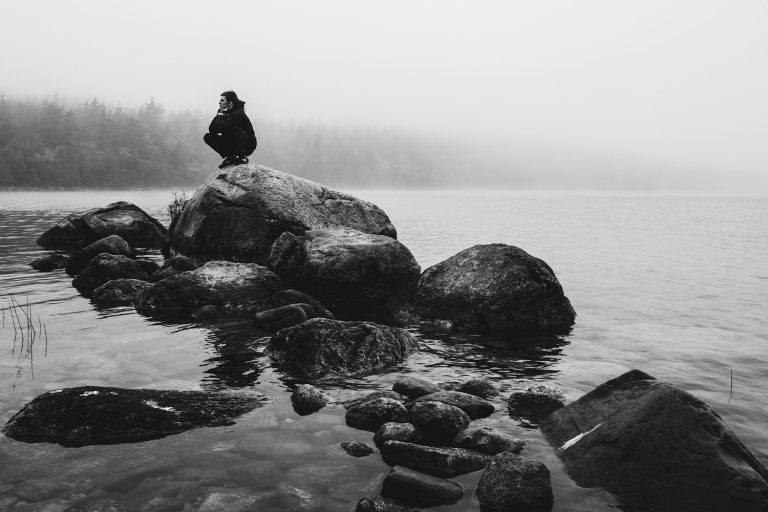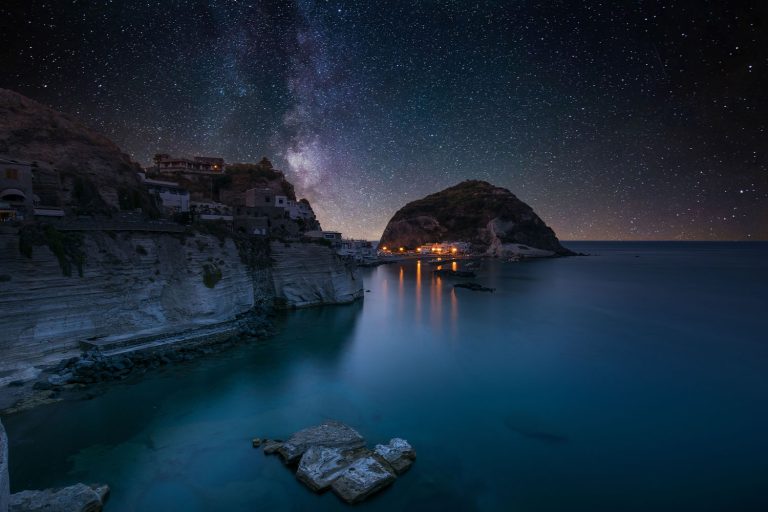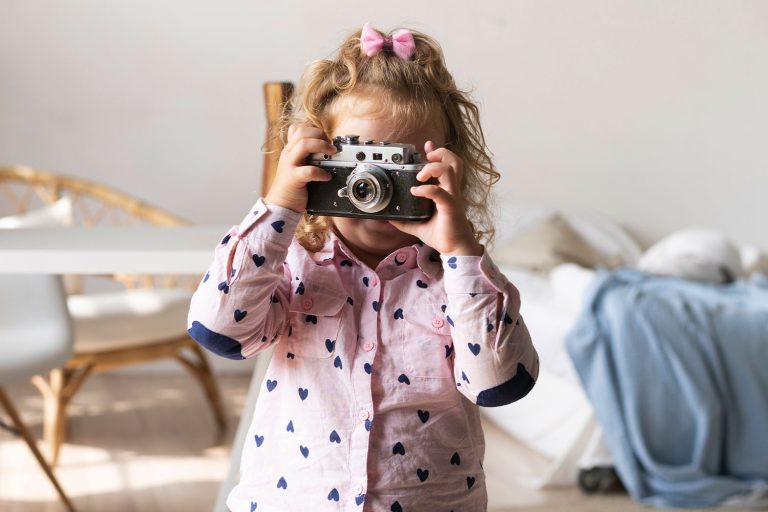Night is the perfect time to take unique and atmospheric photos. City lights, the starry sky, parties, or the
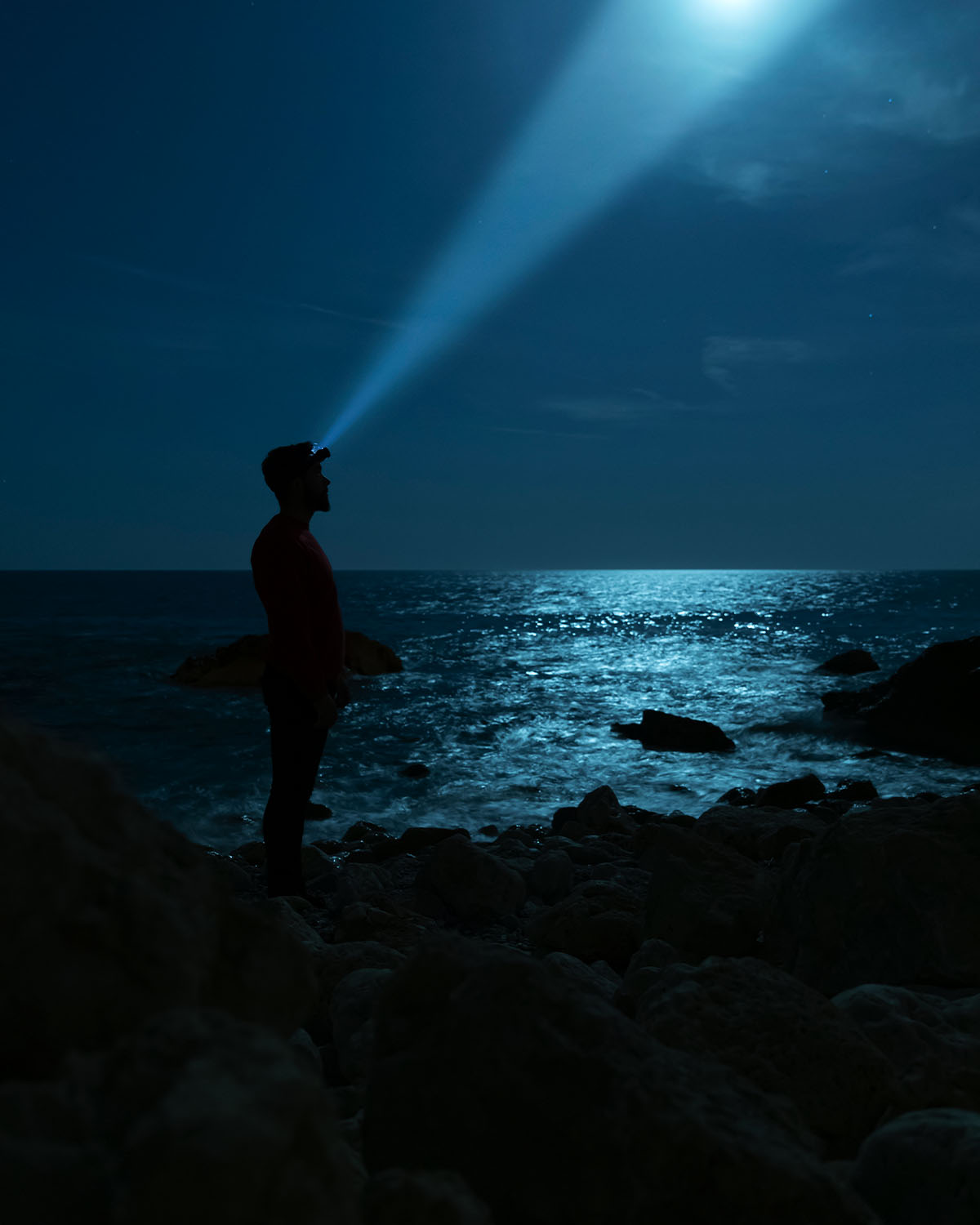
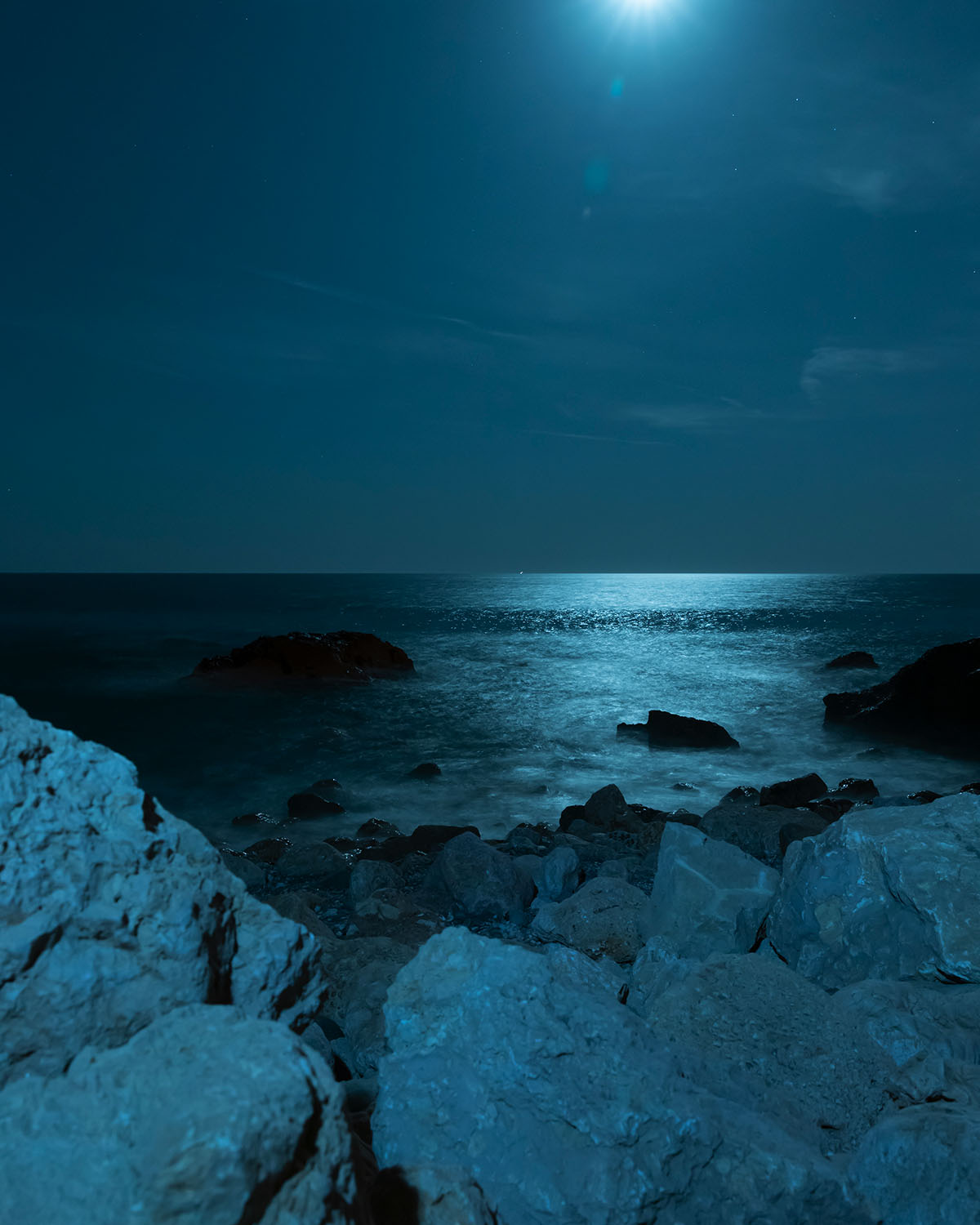
Technical nuances of night shooting
For night photography, additional lighting is a must. A built-in or external flash allows you to illuminate
ISO sensitivity is a key setting for night photography. To reduce digital noise (graininess), set the ISO to the lowest
Camera stability is the key to clear images at long shutter speeds. A tripod is ideal, but if you don’t have one, lean
Setting up and avoiding mistakes
Avoid compressing your images (JPEGs with low quality) – this reduces detail, especially in the dark. If you run out of
Make several takes of the same shot with different settings to increase your chances of getting the perfect shot. For example,
Experiments and creativity in night photography
Night shots are an ideal field for experimentation. Break the rules: for example, intentional blurring from movement (light
Alternative lighting adds to the uniqueness: the fire of a bonfire creates warm tones, street lamps create dramatic shadows. For parties, combine the flash with ambient light to preserve the atmosphere. Don’t be afraid of noise at high ISO – in black and white, it can add a vintage charm.
For beginners, the rules may seem complicated, but practice makes perfect. Start with simple scenes: sunset
Night photography is a combination of technique and creativity. Armed with a flash, the right ISO, and stability, you get sharp pictures. But the real magic is in the experimentation: play with light, movement, and shadows. With practice, your night photos will become not just snapshots, but stories full of emotion and atmosphere that you can be proud of and share with friends!
